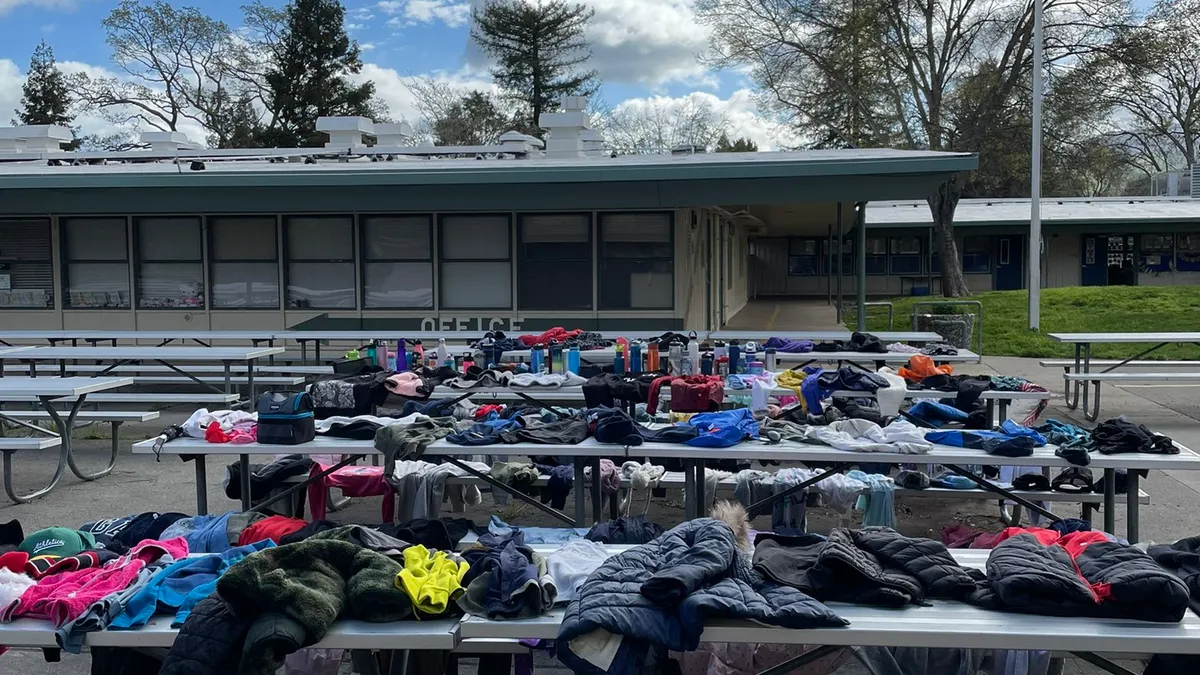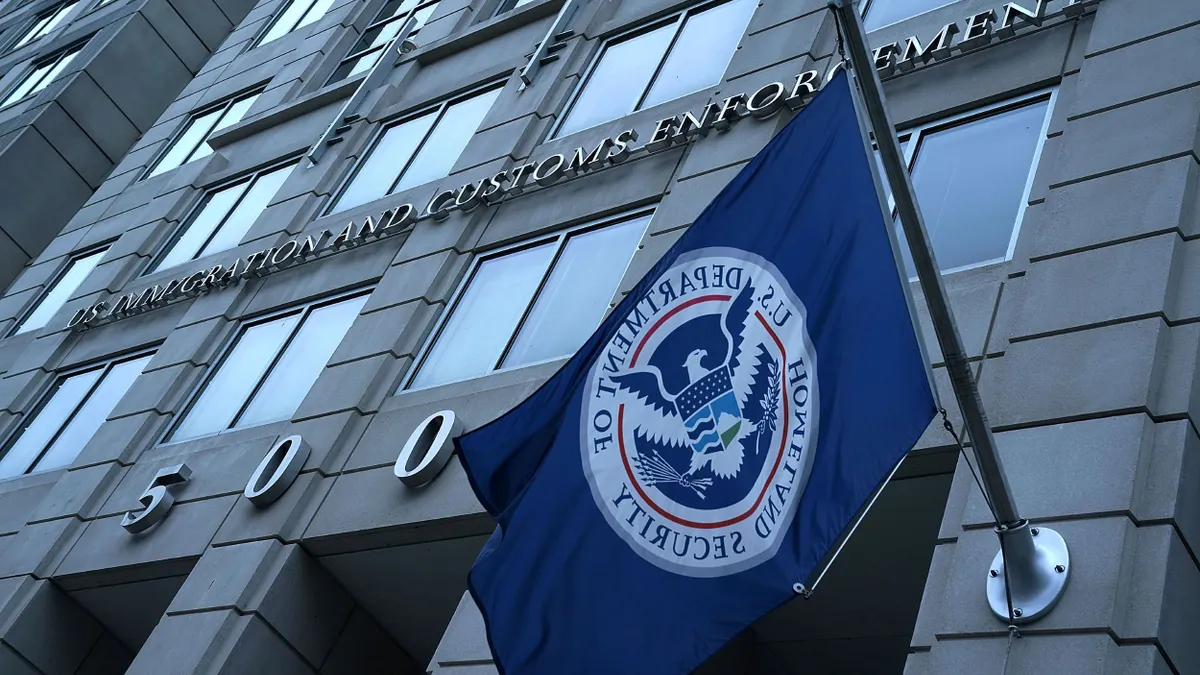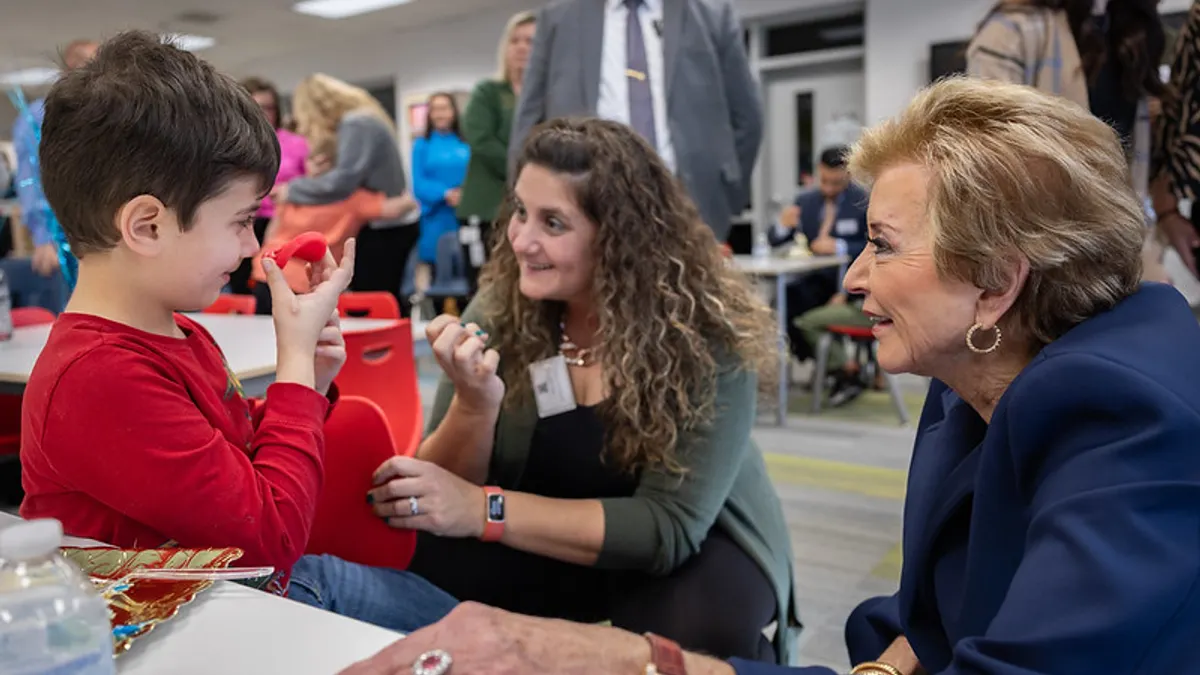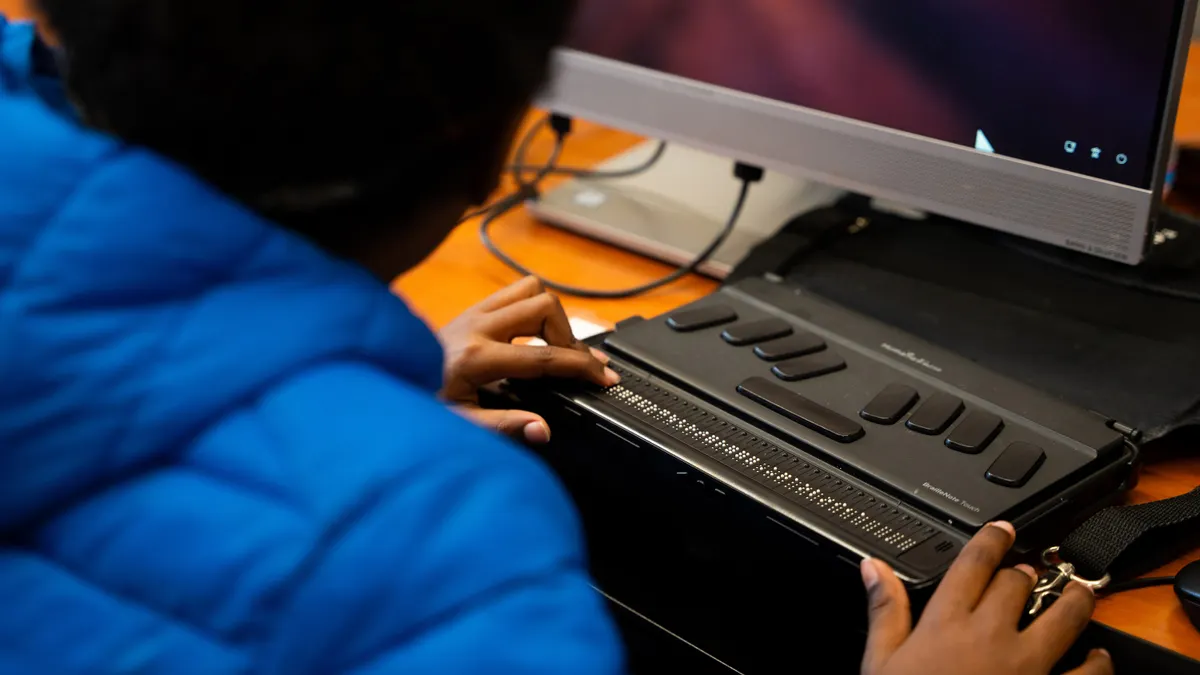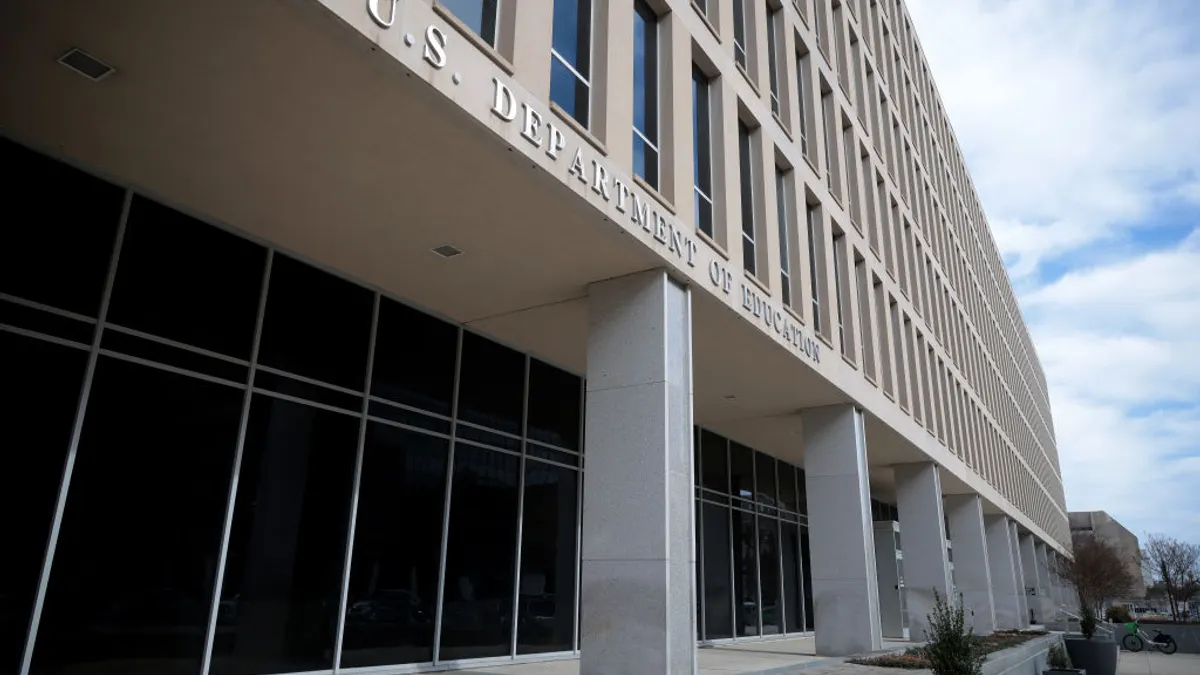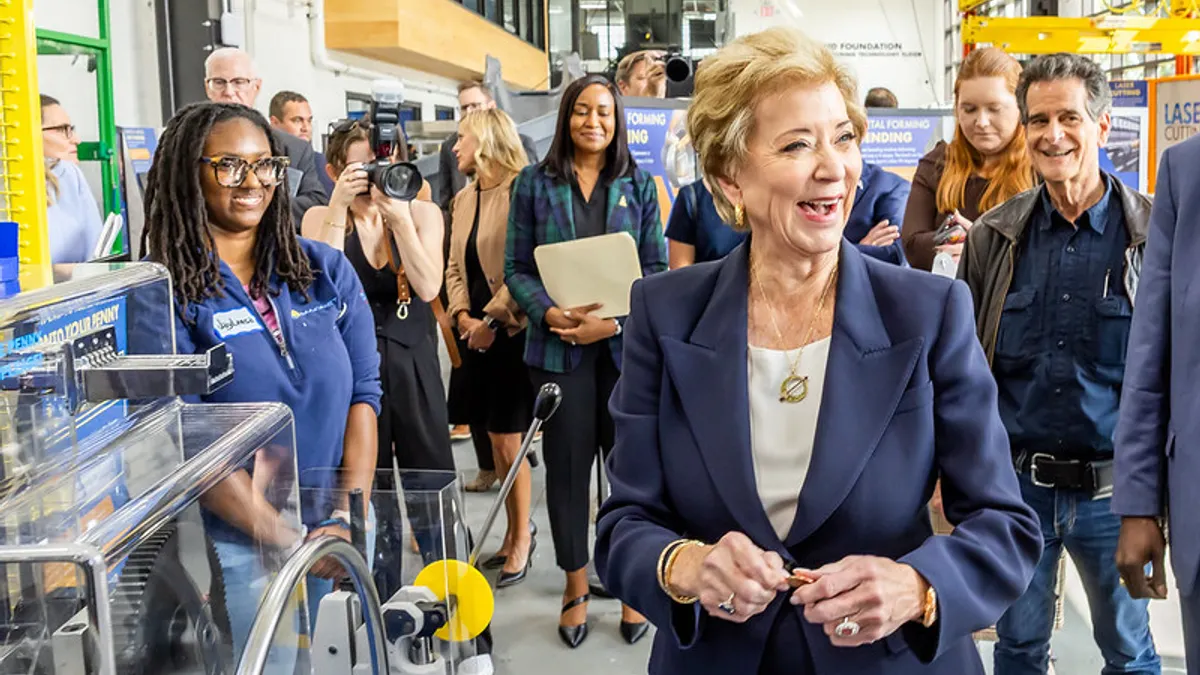Hundreds — perhaps thousands — of students, staff and visitors pass through any given school’s doors daily, so it's inevitable that some items will get left behind. As the 2022-23 school year begins to wind down, K-12 Dive reached out to five educators to ask about their schools' lost and found bins.
Water bottles and sweatshirts tend to be the most common forgotten belongings. But who leaves behind a toaster oven or a wallet filled with cash, and what happens to all the unclaimed items?
Reagan Elementary School in Omaha, Nebraska
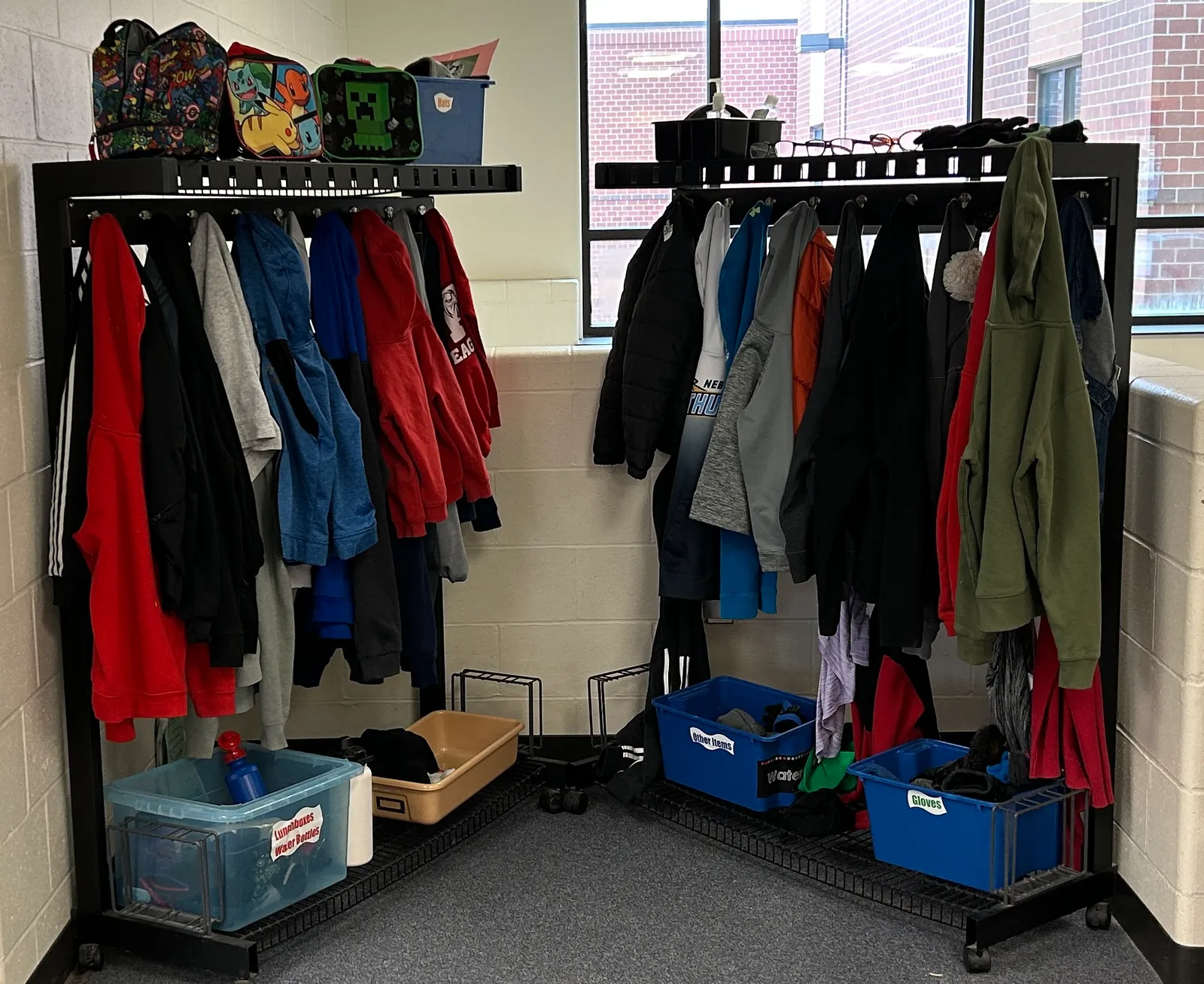
This 550-student school keeps lost and found items near the building's entrance, said 4th grade teacher Tom Whisinnand.
Sweatshirts are "without a doubt" the most common article left behind, said Whisinnand. "When the weather changes from cool to warm, the collection starts," he said in an email. "It continues to grow throughout the spring."
The most unusual forgotten item, in his opinion, are eyeglasses. There are always several unclaimed pairs.
School staff attempt to purge the pile during parent-teacher conferences or other community events by displaying the items in high-traffic areas. After each semester, the school's principal donates any remaining unclaimed items to a local charity.
Walnut Acres Elementary School in Walnut Creek, California

Lauren Ashton, principal of the 620-student Walnut Acres Elementary School, said sweatshirts are the most common item left behind. The school's lost and found, which is located at the front of the school, also has a healthy collection of water bottles, hats, lunch boxes and notebooks.
At a school Ashton previously worked at, the most unusual unclaimed item was a small plastic animal cage. "No animal inside thankfully!" Ashton said in an email.
To help reunite lost articles with their owners, school staff will lay out all the items on school tables at the end of winter and spring semesters and invite families to view the display. Any unclaimed items are cleaned by parent volunteers who then donate them to a local charity or school.
Lunch boxes and water bottles with spoiled food or juice are automatically thrown away.
"I'm always so surprised at what great conditions the clothes are left behind in," Ashton said. She recommends that parents label everything their child takes to school.
"Since kids grow out of clothes so quickly, I always encourage parents to put the name and room number on everything," she said. "We have really kind staff and parents who, when they recognize something or know a student’s name, they take the time to return items."
Haines City High School in Haines City, Florida
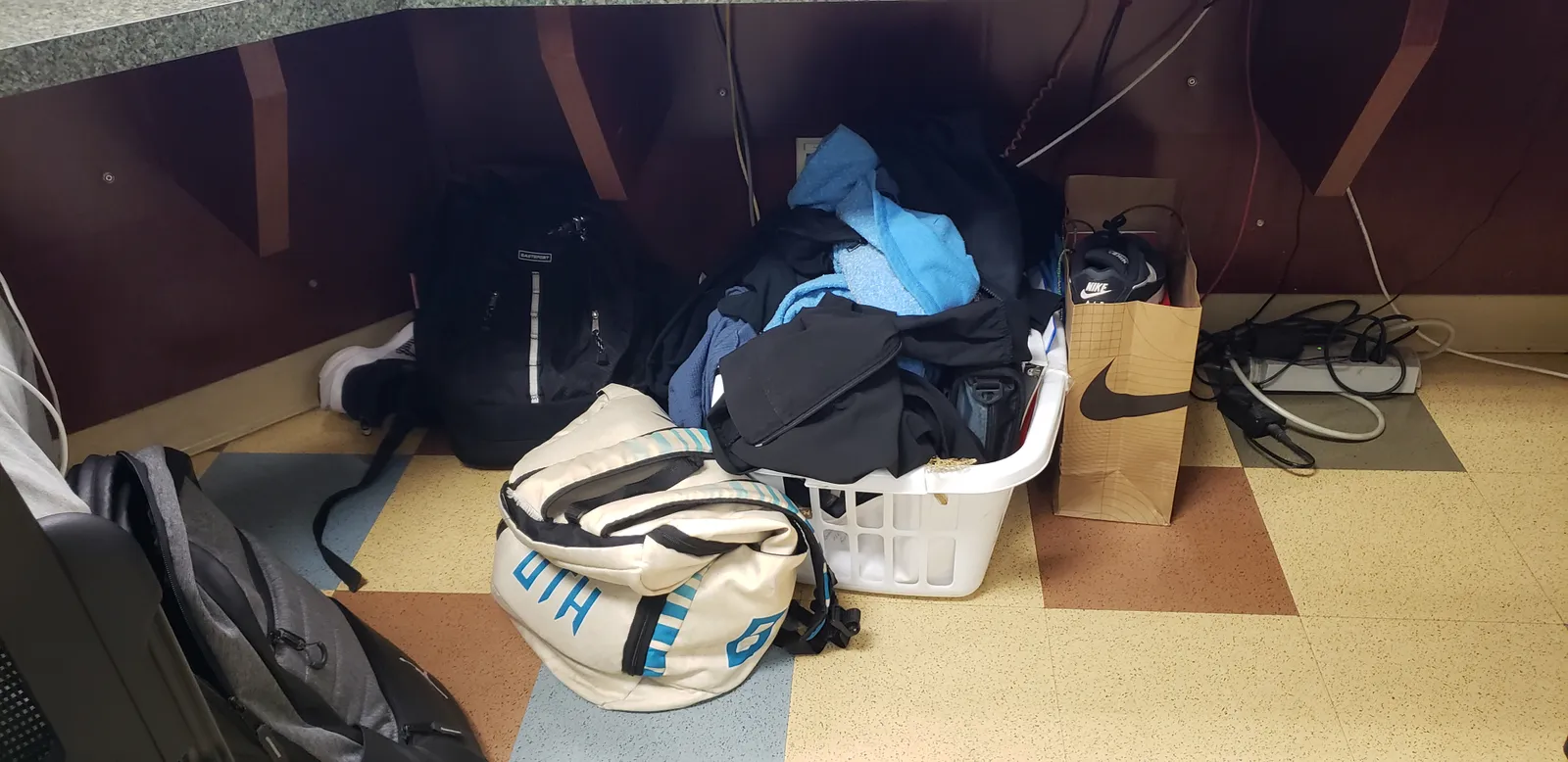
Stray earbuds and student IDs are the most common items to make their way into this Florida school's lost and found, which is located in the front office, said Principal Adam Lane.
School staff are still trying to find who at the 2,900-student school is the owner of a toaster oven.
Unclaimed items get collected after the last school day of the year for students. Those items are bagged, labeled with the school year, and put in a storage locker.
Lane said the school tries throughout the school year to connect items with owners. Students are given "Hornet Bucks" if they bring items to the lost and found. That item is then labeled with the date, time and location where it was found. Students can then use their Hornet Bucks to purchase school merchandise.
Fine Arts Interdisciplinary Resource (FAIR) School in Minneapolis, Minnesota
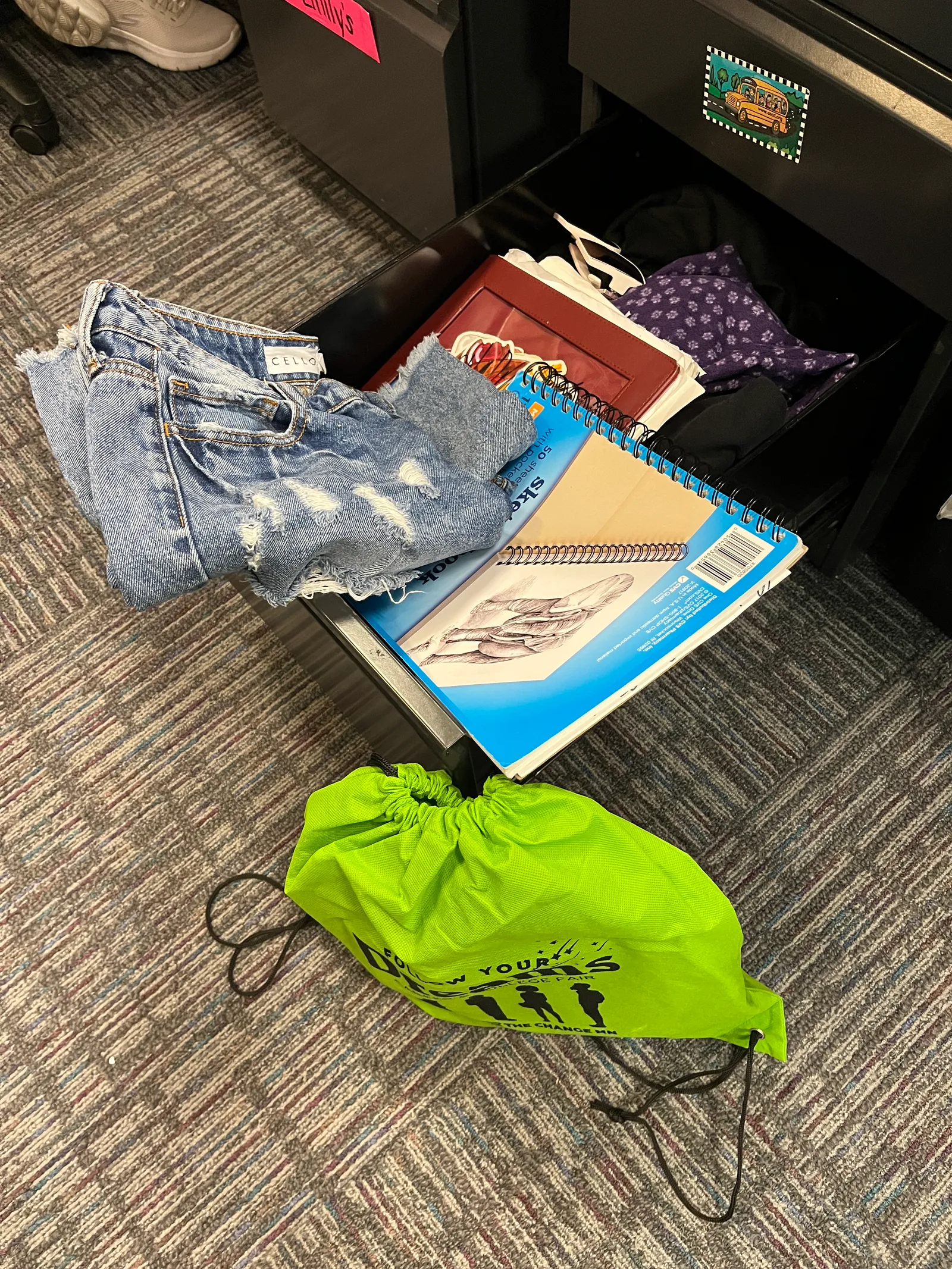
This arts magnet school of 350 students also collects a lot of unclaimed water bottles, coats and headphones. But the most unusual unclaimed item is a wallet with $200 inside.
"We advertised it, announced it," said Principal Mary Pat Cumming in an email. A handful of students thought it was theirs, but no one could actually describe it in order to retrieve it, she said. It remains locked in a safe.
The lost and found, located in the school's main office, is cleared monthly during the winter so it's not overtaken with single gloves and coats, and quarterly during the rest of the year. Items that are in good condition are donated to Goodwill, Cumming said.
To encourage students to retrieve lost items, the stray objects are shown on the school's scrolling TV channel.
Wayne Valley High School in Wayne, New Jersey
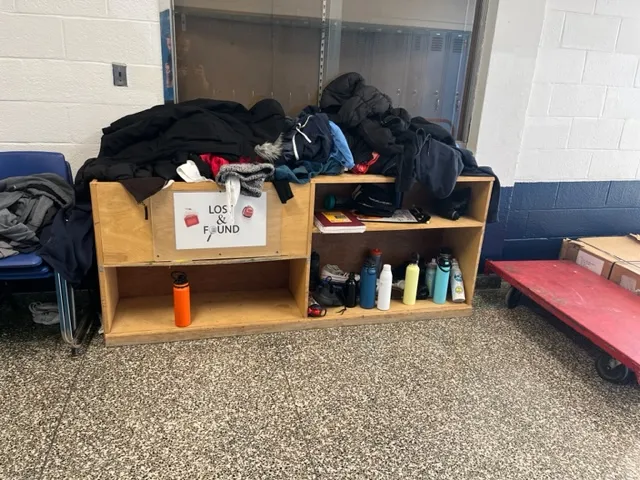
Sneakers, single earpods, water bottles and sweatshirts tend to dominate in this 1,200-student school's lost and found, said Assistant Principal Scott Wisniewski.
The most unique items, in Wisniewski's view, are inhalers, glasses and other personal objects that are "things that are very specific to students that you'd question 'How could you have lost that?'" he said.
Cell phones are one item that doesn't get separated from their owners for long. When a lost cell phone is turned into the school office, staff try to track down the owner through the phone's incoming messages. Typically, the cell phone owner is simultaneously on the hunt for their device.
"These poor kids come running down in a panic and a sweat, you know, not wanting to go home and tell their parents they lost their phone in school somewhere," Wisniewski said.
The school's lost and found bin was built by students in the wood technology classes and was designed with shelves for easy viewing of wayward items. It's located in a hallway near the cafeteria and a custodian closet, because the school's custodians tend to find many of the articles that are left behind, Wisniewski said.
At the end of each semester, the school makes an all-school announcement encouraging students and staff to go through the lost and found to see if any items belong to them. Most unclaimed items are discarded, but abandoned textbooks are sent to department supervisors for reuse in classrooms.
Encouraging students to check the lost and found can often help deplete a school's growing pile of missing stuff, he said.
"I think a lot of kids don't think to go to the lost and found," he said. "They assume — I think in most cases — that things get thrown out, but you'd be surprised what ends up there.”


